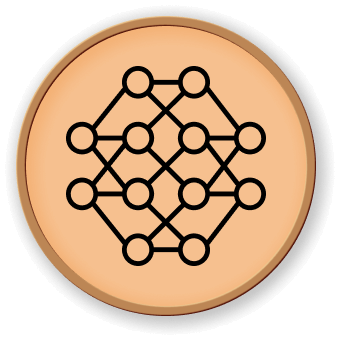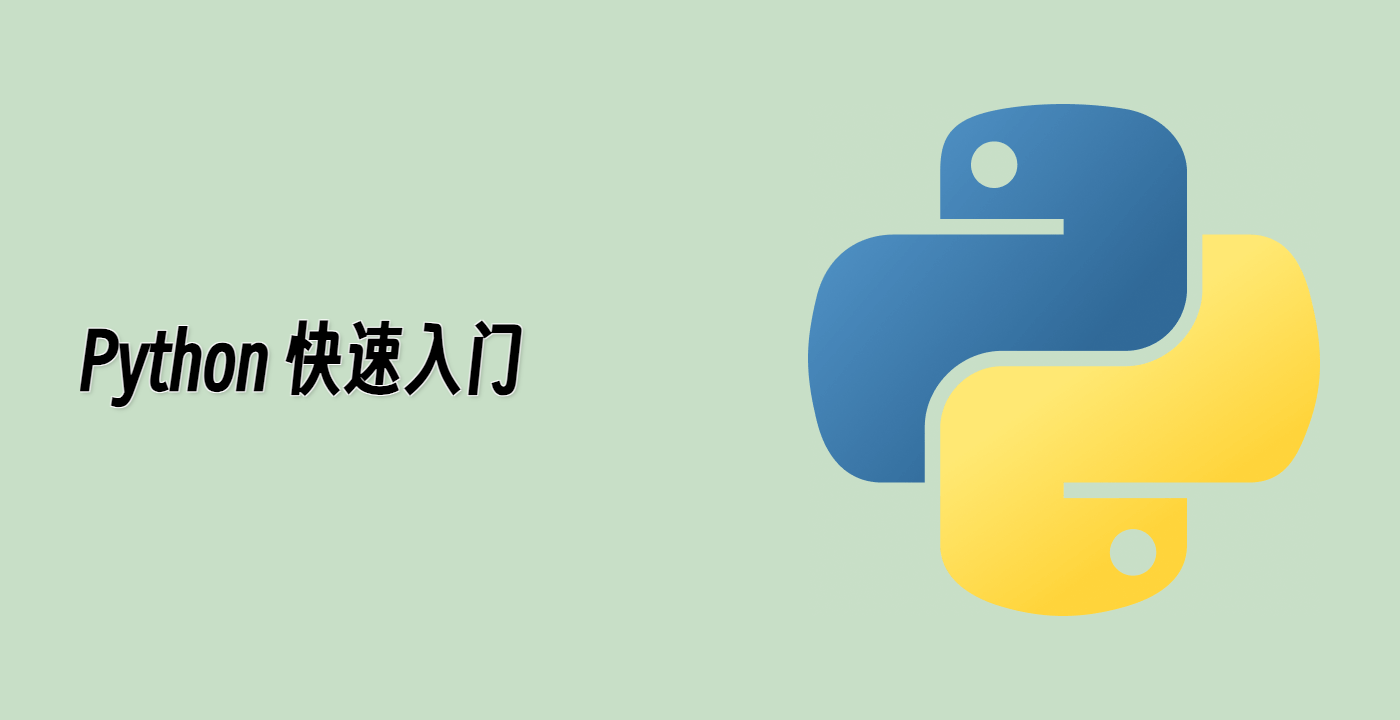数据集准备
首先,我们加载并预处理 Olivetti 人脸数据集。我们对数据进行中心化处理,使均值为零,包括全局中心化(关注一个特征,将所有样本中心化)和局部中心化(关注一个样本,将所有特征中心化)。我们还定义了一个基础函数来绘制人脸图像集。
## 加载并预处理 Olivetti 人脸数据集。
import logging
from numpy.random import RandomState
import matplotlib.pyplot as plt
from sklearn.datasets import fetch_olivetti_faces
from sklearn import cluster
from sklearn import decomposition
rng = RandomState(0)
## 在标准输出上显示进度日志
logging.basicConfig(level=logging.INFO, format="%(asctime)s %(levelname)s %(message)s")
faces, _ = fetch_olivetti_faces(return_X_y=True, shuffle=True, random_state=rng)
n_samples, n_features = faces.shape
## 全局中心化(关注一个特征,将所有样本中心化)
faces_centered = faces - faces.mean(axis=0)
## 局部中心化(关注一个样本,将所有特征中心化)
faces_centered -= faces_centered.mean(axis=1).reshape(n_samples, -1)
print("数据集包含 %d 张人脸" % n_samples)
## 定义一个基础函数来绘制人脸图像集。
n_row, n_col = 2, 3
n_components = n_row * n_col
image_shape = (64, 64)
def plot_gallery(title, images, n_col=n_col, n_row=n_row, cmap=plt.cm.gray):
fig, axs = plt.subplots(
nrows=n_row,
ncols=n_col,
figsize=(2.0 * n_col, 2.3 * n_row),
facecolor="white",
constrained_layout=True,
)
fig.set_constrained_layout_pads(w_pad=0.01, h_pad=0.02, hspace=0, wspace=0)
fig.set_edgecolor("black")
fig.suptitle(title, size=16)
for ax, vec in zip(axs.flat, images):
vmax = max(vec.max(), -vec.min())
im = ax.imshow(
vec.reshape(image_shape),
cmap=cmap,
interpolation="nearest",
vmin=-vmax,
vmax=vmax,
)
ax.axis("off")
fig.colorbar(im, ax=axs, orientation="horizontal", shrink=0.99, aspect=40, pad=0.01)
plt.show()
## 让我们看看我们的数据。灰色表示负值,
## 白色表示正值。
plot_gallery("数据集中的人脸", faces_centered[:n_components])




